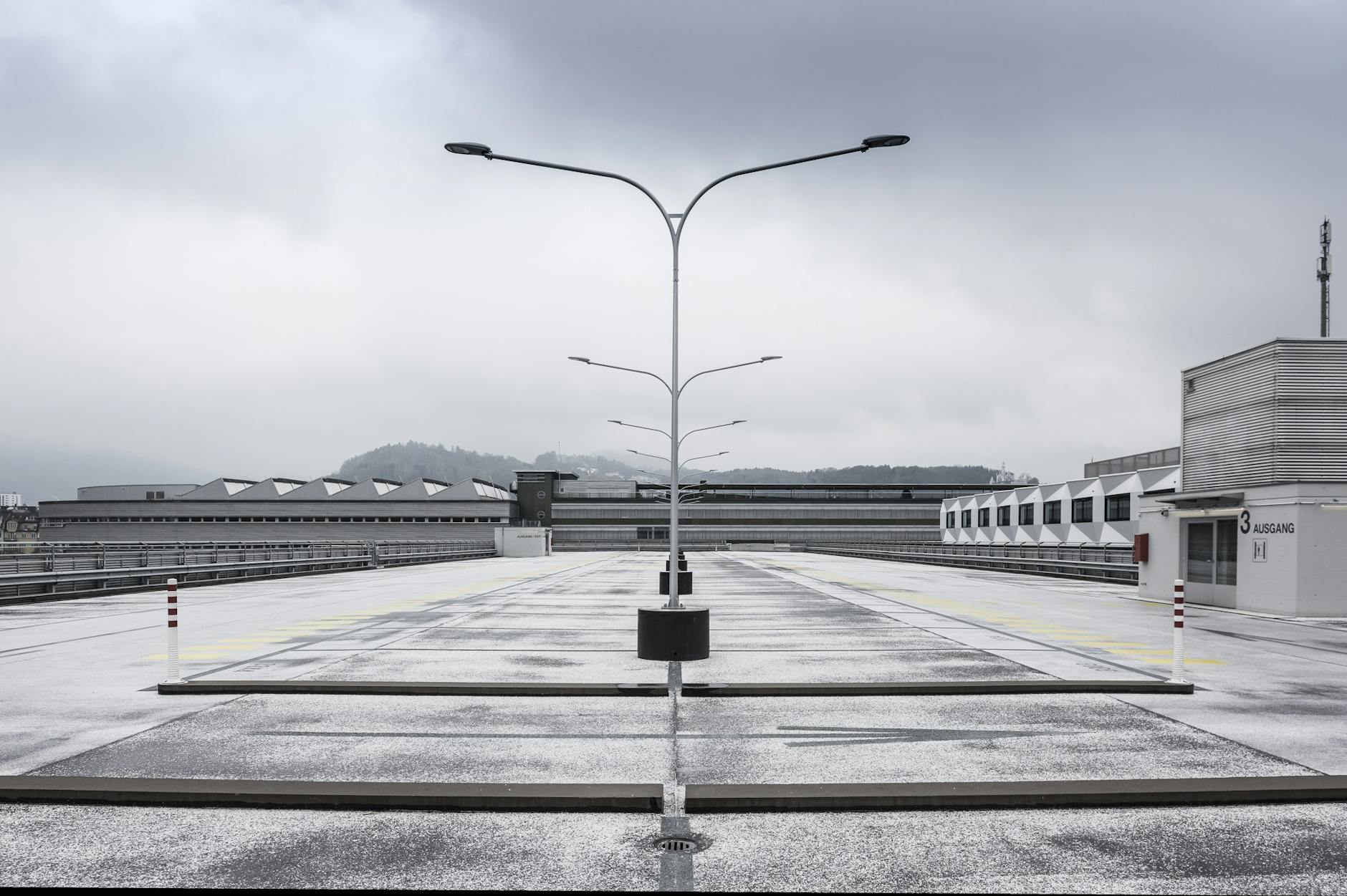Why Adding Induction Loops in Australia Can Transform School Concerts

Enhancing Audio Experience
Eliminating Background Noise
As a dedicated educator with a passion for preparing school concerts, understanding effective audio solutions can significantly enhance our events. One approach is using paging systems. These systems facilitate efficient communication during performances, enabling smooth transitions and minimizing unnecessary noise that could disrupt the experience. At venues like the Brisbane Powerhouse, where musical performances thrive, having a paging system ensures concert staff operate seamlessly, reducing disturbances and enhancing the overall audio quality.
Boosting Clarity for All
Aiming for clear audio is fundamental, especially in educational settings. Implementing a motorised projector screen can improve visual and auditory elements by pairing clear visuals with sharp sound, offering audiences a cohesive experience. This technology can ensure every member of the audience, whether at the Queensland Performing Arts Centre or other local venues, receives the sounds as intended, promoting an optimal listening environment.
Tailoring Sound to Venue
Tailoring sound systems to different venues is crucial. For instance, using a high-quality recording microphone can help capture the best audio quality, catering to the specific acoustics of each venue. Whether hosting or attending events at places such as South Bank, understanding the technical aspects of audio equipment allows for adaptations that resonate well with the expected sound profile, ensuring all performances are well-received and impactful.
Technical Setup Insights
Induction Loop Basics
Understanding the fundamentals of induction loop systems is essential for creating an immersive audio environment. At its core, an induction loop is a type of assistive listening system that transmits sound directly to hearing aids equipped with a T-coil professional microphone. The system involves a loop of wire strategically placed around a designated area, like a classroom or stage, capable of transmitting electromagnetic signals.
Installation Steps
Setting up an induction loop system requires careful consideration of the existing infrastructure and desired audio quality. Begin by assessing the venue, identifying the best placement for the loop wire and any associated loudspeakers. This step ensures optimal coverage and reduces potential interference. The process involves:
- Planning the layout and coverage area for the loop.
- Installing the loop wire along the perimeter.
- Connecting the loop driver to the sound source.
- Testing with a hearing aid or loop receiver for ensuring proper functioning.
Optimizing Performance
Optimizing the performance of your induction loop setup ensures clear and consistent audio delivery. Regular maintenance, such as checking connections and testing audio levels in advance of events, keeps the system running smoothly. Adjusting the settings based on the venue size and specific event requirements can help tailor the sound to meet diverse audience needs. As I navigate through installations around Brisbane, the Queensland Performing Arts Centre serves as a reminder of the transformative power effective audio arrangements bring to public performances.
Remember, induction loops are not just about enhancing the auditory experience but creating an inclusive environment that allows everyone to enjoy and participate in cultural events fully.
Audience Inclusivity Benefits
Supporting Hearing-Impaired Individuals
As a dedicated educator, ensuring that every student can fully participate in musical performances is crucial. In Brisbane, with cultural events like those at the Queensland Performing Arts Centre, integrating technology to foster inclusivity is vital. Induction loops can significantly improve the listening experience for hearing-impaired audience members by effectively reducing background noise. Utilizing data projectors and compatible assistive listening devices ensures that everyone enjoys the concert without missing a note.
Expanding Audience Reach
Induction loops break barriers for individuals with hearing difficulties, allowing them to partake in community music events at South Bank. By implementing broadcast solutions, you can stream performances beyond physical venues, tapping into a wider audience who can appreciate concerts from anywhere. This approach not only enlarges your audience but also creates a community connected by music, fostering inclusivity.
Encouraging Diverse Attendance
Diversity in audience participation means everyone can have a shared experience at a musical event. Encouraging a varied crowd enhances the performance atmosphere and showcases the school's commitment to inclusivity. Promoting diverse attendance at concerts can be achieved by utilizing tools that cater specifically to different accessibility needs. Implementing such solutions makes it possible for families, regardless of their accessibility requirements, to attend events nestled in locations like the Brisbane Powerhouse for musical performances.
Overcoming Common Challenges
Troubleshooting Sound Issues
Dealing with sound issues can feel daunting, but understanding the root cause can simplify the process. Start by checking cable connections and ensuring that all devices are properly powered. It's helpful to have a soundcheck routine that mimics real-life conditions as closely as possible. Consider incorporating home entertainment setups to experiment with different audio configurations before the main event. This preemptive step could help detect unexpected glitches.
Managing Technical Limitations
Navigating technical limitations requires a strategic approach to make the most of available resources. Evaluating and aligning equipment with your event’s needs can streamline the process. If you're working in a venue with limited budget or equipment, versatile tools like PTZ cameras can be advantageous. They offer dynamic coverage and are practical for capturing the essence of live performances without needing multiple setups or excessive costs.
Addressing Venue Constraints
When addressing venue constraints, keeping an inventory of compatibility concerns is key. Factors such as room shape and size can significantly affect sound distribution. It’s beneficial to visit the venue ahead of time to assess these variables first-hand, perhaps drawing inspiration from the rich acoustics found during performances at the Brisbane Powerhouse. Such proactive engagement ensures that you can tailor your setup effectively, thereby enhancing the overall auditory experience for performers and audiences alike.
Induction Loop Implementation Best Practices
Regular System Maintenance
To keep induction loops performing optimally, consistent maintenance is crucial. Just as we meticulously prepare for concerts at the Brisbane Powerhouse, it's important to schedule periodic system checks to ensure all components function smoothly. This not only enhances the audio experience but helps to identify minor issues before they turn into larger problems. As music teachers debuting in venues like the Queensland Performing Arts Centre, maintaining equipment mirrors the dedication you instill in your students: precision and care.
Continuous Staff Training
Empowering staff with knowledge about induction systems is another essential practice. A well-informed team can skillfully manage challenges that might arise mid-performance, much like musicians adjusting their instruments in a community event at South Bank. Training sessions should incorporate hands-on learning strategies, helping staff to troubleshoot effectively and ensure seamless execution. In turn, this will elevate the overall educational and auditory experience for everyone involved.
Gathering Audience Feedback
Feedback collection from the audience serves as an invaluable resource for improvement. Encouraging concert-goers to share their experiences can reveal insights into how effectively the induction loop is performing. Similar to how a responsive classroom adapts to student needs, an audience-centric approach at concerts ensures diverse attendance and enriches cultural events by inviting a wide spectrum of participants. By integrating feedback, you cultivate an environment where audiences and educators alike feel valued and heard.


